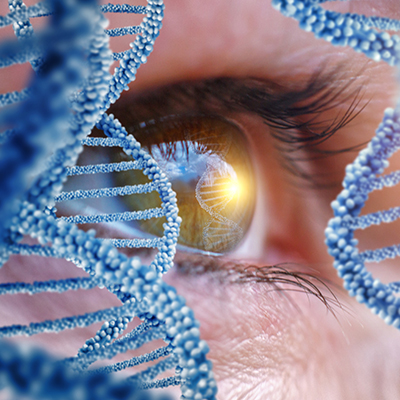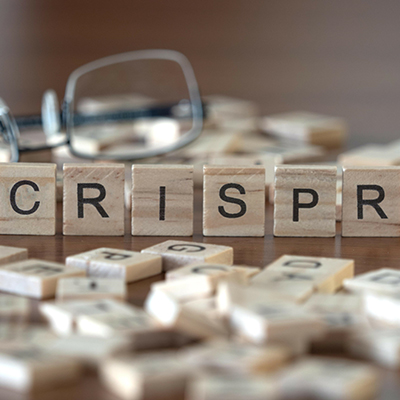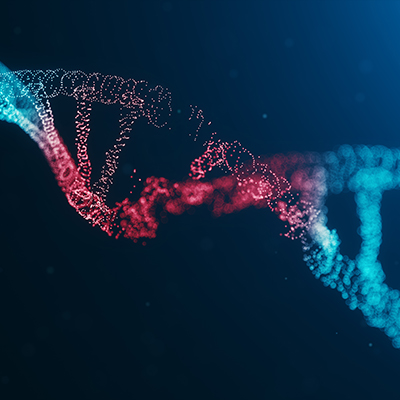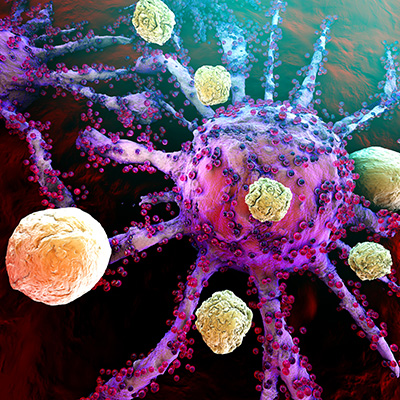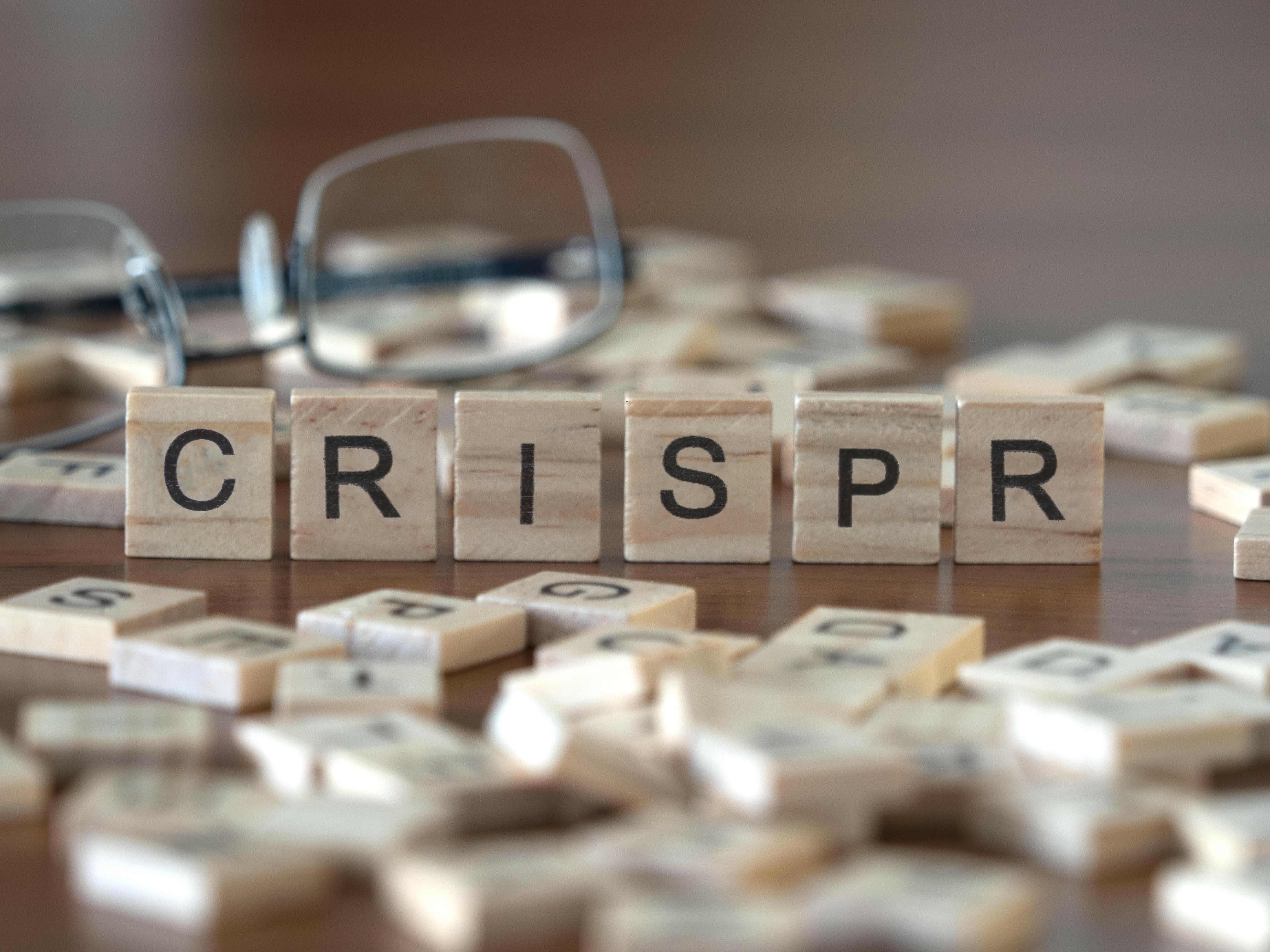March 21, 2023 -- A CRISPR/Cas9 mouse model has shown how mutations that cause a rare disease affect cellular function, shedding light on how to monitor and treat the condition in the process.
The study, details of which were published on Tuesday in the Journal of Experimental Medicine, looked at the impact of the mutations that underpin the primary immunodeficiency disease APDS2. Earlier work has shown that APDS2, also known as activated phosphoinositide 3-kinase delta syndrome 2, is caused by heterozygous loss-of-function (LOF) mutations in the PIK3R1 gene.
While the genetic cause of APDS2 was known, researchers lacked a detailed picture of how the PIK3R1 mutations alter cellular function. A team at Garvan Institute of Medical Research set out to fill that gap in the evidence on the rare disease.
"This study tells us how signaling in the immune system needs to be tightly balanced to make an effective response to infection. Sometimes it's turned down and you have a problem, and sometimes signaling being turned up can interfere with an immune response," Elissa Deenick, an associate professor, co-lead of Garvan's Precision Immunology Program, and senior author of the paper, said in a statement.
The Garvan researchers used a novel CRISPR/Cas9 mouse model and patients' immune cells to show the impact of the LOF mutations. Using those tools, the scientists found that APDS2 is associated with a fall in intrinsic B-cell class switching and defective T follicular helper cells' cell function. APDS2 shares those cellular defects with APDS1, a disease caused by gain-of-function mutations in the PIK3CD gene.
Patients with APDS1 and APDS2 have similar symptoms and the Garvan study shows they share certain characteristics at the cellular level. However, the genetic causes are different, and the new paper reveals some divergences in their impact on cellular function.
Notably, the researchers found unique APDS2 phenotypes and clear differences in the way the mutations alter signaling. The overlaps and differences are illustrated by responses to vaccines. The study suggests patients with APDS2 generate fewer B cells in response to vaccines, while their peers with APDS1 make fewer T cells. Both diseases are associated with poor antibody responses.
The next step is to develop blood tests to monitor immune health and enable precision medicine. Professor Stuart Tangye, a senior investigator of the paper and head of the immunobiology and immunodeficiency lab at Garvan, set out the ultimate goals of the project.
"With better access to genomic testing, it's going to become much easier for patients to receive diagnoses for conditions like APDS2. Knowing the genetic basis of a disease can enable targeted, personalized treatment plans that give patients the best chance of effective management or, hopefully over time, a cure," Tangye said.
Copyright © 2023 scienceboard.net




